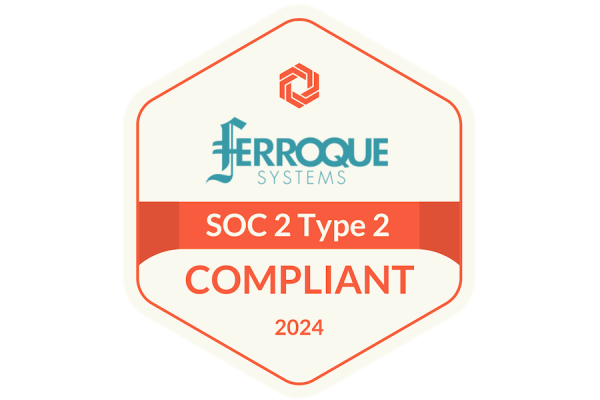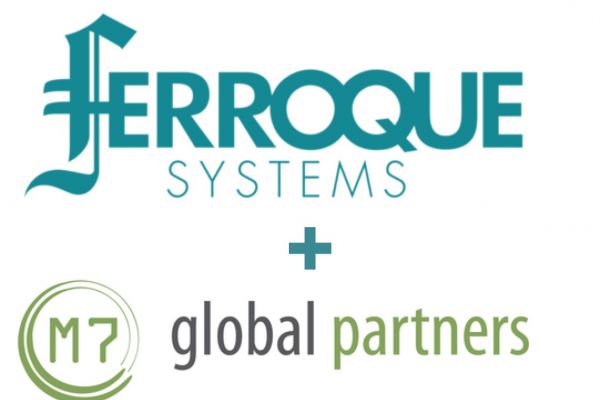
This article is intended to be part one of a series on the subject of managed services and strategic IT outsourcing. In this article, I touch on customer-vendor relationship pitfalls and the merit to managed services in today’s business ecosystem.
Managed Services has evolved significantly since the concept developed decades ago, and has transitioned from a “keep the lights on” operating model, to infrastructure optimization and enabler of strategic business objectives. The modern service provider is designed to be a business partner.
Managed Services has become very popular in recent years, particularly in light of the ever-growing trend by many organizations to incorporate cloud- and/or SaaS-based elements in their IT landscape. Much of this is also driven by the consumerization movement, which has shifted expectations regarding ease of request and speed of delivery. The net effect of the modern economy is that many companies find it overly challenging for their IT organizations to keep pace with the demands of the business in a cost-effective manner.
I have participated in numerous corporate IT annual planning sessions, and year after year it was unmistakably clear that business groups’ budgets are prioritized, and the remaining budget is allocated to IT. Further, business groups’ needs are regularly (and understandably) prioritized over IT needs, such that IT staff is assigned to business projects but no IT resources remain to address aging infrastructure needs (thus, technical debt continues to accrue, contributing to more issues, and the cycle repeats).
Enter Managed Services, wherein IT operational responsibility is outsourced to an MSP (Managed Services Provider) who resolves issues and provides daily care-and-feeding of the IT environment, thus freeing up in-house IT staff to focus on more quickly delivering new business services and improving existing services.
The benefits of this model are numerous and significant, both from a functional standpoint and as a cost-benefit analysis:
1. Allows organizations to offload daily operational support and management to the MSP vendor, to focus on growing the business instead of running the business.
2. Cost is often significantly less than the total compensation plus benefits cost of employing the requisite number of comparably skilled resources to be available on a 24×7 basis.
3. Cost is predictive year over year.
4. Relieves organizations of the burden of procuring related ongoing training for in-house IT resources, and of costs and effort to recruit, hire, and retain those resources.
This is how it’s supposed to work, and often does. But as many MSP customers can tell you, it is not always the case. In my experience, beyond basic reasons such as missing SLA’s, I’ve observed two primary causes of stress to the MSP customer-vendor relationship:
Misunderstanding the scope of “managed services”.
Defining incomplete success measures.
Beyond typical environment support and management, many customers also assume MS inherently includes environment enhancements, such as optimization and expansion. For example, let’s say a customer uses roaming profiles, and that over time most users’ profile sizes grow very bloated, and also several employees have left the organization but their profiles still exist. Or let’s say a customer previously deployed many VM’s on their hypervisor hardware cluster and those VM’s were allocated a generous amount of cores, RAM, and disk space, but over time it became evident the allocated resources significantly exceeded what was actually needed. Or let’s say a customer wants to replace their existing application delivery controllers with newer appliances from a different vendor to leverage newer and more robust features.
In each of these examples, nothing is “broken” per se, yet the environment is not in an optimal state. Addressing any of these examples involves an ongoing initiative that is best managed as a formal IT project, and I’ve observed that most MS customers would expect their MSP to proactively mobilize a project(s) to perform the necessary optimizations to address these issues.
This is where the water begins to get muddy because nothing is “broken” and the vast majority of MSP contracts are formally measured by SLA’s and/or SLT’s such as incident response time, ticket aging, and incident resolution time. The MSP is (understandably) incentivized to focus its attention on formal contractual measures, which does not include environment optimization. These types of misunderstandings often trigger significant long-term stress to the MSP customer-vendor relationship.
In today’s world, some MSPs offer various types of service engagements, typically along the lines of four distinct flavors: monitoring, operational, optimization, and transformative. The three examples above underline the importance of understanding the different types of MSP service engagements and the scope of each. The specific details may vary per contract, but generally speaking:
1. Monitoring engagement is one in which the customer outsources operational monitoring, alerting, and reporting to the MSP. The MSP will set up the monitoring tool, configure the appropriate metrics (e.g. counters/objects, services, events) and threshold values, and alerts. The MSP will notify the customer if an alert is received, and/or the alert may auto-create a ticket within the customer’s ticketing system (if supported by the technology and the customer’s security stance). The MSP will also generate the appropriate reports, identify potential correlations, and identify potential trouble spots for the customer to address. But the MSP will not troubleshoot incidents, perform changes, etc.
2. An Operational engagement is one in which the MSP takes ownership of monitoring and overall event management (as above), as well as incident, change, problem, and service request management, plus ongoing component management for the in-scope environment. The MSP may operate in the customer’s ticketing system or in the MSP’s ticketing system, attends customer change control meetings, and essentially operates as an extension of the customer’s IT operations team. But the MSP will not perform environment optimization nor other types of operational projects.
3. An Optimization engagement is one in which the MSP takes ownership of ongoing monitoring and operational responsibilities (as above), as well as being responsible for proactive environment optimization. In this type of contractual agreement, referring to the three examples mentioned above, the MSP would be responsible for proactively identifying those three risk areas and for mobilizing a team to perform the necessary work to address each risk area, as prioritized by the customer (with the MSP’s input).
4. A Transformative engagement is one in which the MSP takes ownership of ongoing monitoring, operational, and optimization responsibilities (as above), as well as engages in a consultative capacity at the engineering level to help define, plan, design, build, deploy, and manage strategic business initiatives. In doing so, the MSP also provides thought leadership to assist the business in structuring strategic objectives into actionable initiatives.
When customers think of MS, they are often unaware of these various service engagement types, and typically engage the MSP via a traditional Operational contract under the assumption that they have contracted at the Optimization level. This gap in expectations can often go unnoticed (sometimes for months) until such time as a situation arises wherein an optimization initiative becomes necessary. At that point, closing the gap can be very difficult since assumptions have often grown roots to become firm expectations, and can place significant stress on the MSP-customer relationship.
As you can see, it is very important for MSPs to clearly explain and differentiate their service offerings, particularly regarding what is in scope vs. out of scope, and ideally by using real-world examples to help clarify. Equally important is for customers to ask questions and/or clarify any items that are not entirely understood. The important outcome is for the customer and the MSP to have a common set of expectations, to set the tone for a healthy and constructive MSP-customer relationship that is built upon trust and communication (rather than solely upon SLA’s). As we’ve highlighted above, the benefits of engaging an MSP are numerous and significant and can make a real difference in the customer’s ability to bring technology investments to fruition smartly and efficiently, and maintain those technologies ongoing in an optimized state.
At Ferroque Systems, our MS offerings are defined around services that are the right fit for a customer’s MSP needs and expectations. And we recognize that beyond those engagement types, further tailoring may be necessary to better meet the distinct needs of particular customer types, such as enterprise customers and SMB customers, for whom key distinctions often include dedicated engineering and operational teams organized by technology vs. very small teams with cross-functional responsibilities, enterprise-class vs. home-grown ticketing systems, and organizational process maturity that is highly defined and established vs. evolving and inconsistently applied. These distinctions may also vary based upon the customer’s industry; for example, at healthcare customers, incident resolution can often entail a higher sense of urgency due to the potential for incidents to impact real-time patient care.
Organizations and MSPs often have diverse sets of cultures, values, priorities, and industry understandings. Not all MSPs and outsourcing partners are a match to all organizations and vice versa as a result. At Ferroque Systems, we’re proud of our track record for customer adaptability to achieve harmony in our partnerships. If you are considering outsourcing a portion of your technology portfolio, we’d be happy to share our expertise and experience, and help guide you in making a well-informed decision.








